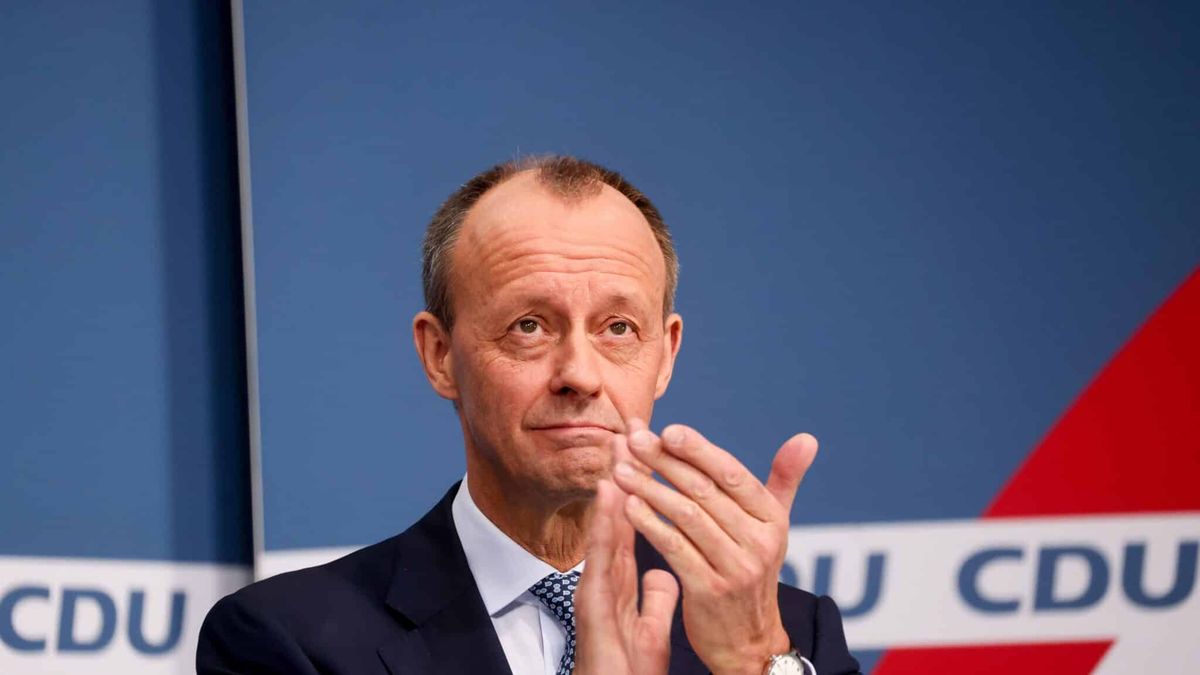What he doesn’t know doesn’t make the citizen hot: That seems to be the motto of the Wels design advisory board: because it always meets behind closed doors.
The committee is tasked with evaluating plans for large construction projects and those in special locations, such as in the city center. The architectural and urban development quality is checked: Does the project fit into the surrounding area? Is the facade attractively designed? The aim is to ensure that new buildings, conversions and additions do not spoil the cityscape before the official submission. Compared to other cities, the work of the advisory board in Wels is opaque: not only does it meet in private, the results and minutes are not published. One can only speculate about how the advisory board influenced a project.
Ambiguity also in politics
Not only the population, but also politicians are apparently poorly integrated. As soon as the advisory board gives the green light for a project, the building committee in the local council is informed – but this is also subject to confidentiality, so little is leaked to the outside world. “We only get more information upon request,” says Karl Schönberger, who represents the SP on the committee. The decision-making process in the advisory board is difficult to understand.
Green party leader Miriam Faber, who also sits on the building committee, sees it similarly: “We don’t hear much from the advisory board; we as group leaders have to request further information.” So politicians have access to information. However, Faber criticizes the lack of involvement of the population: “The advisory board can be independent in its work. But the citizens would certainly be interested in finding out what is happening on their doorsteps. Transparency is an obligation of politicians.”
Planning City Councilor Ralph Schäfer (FP) is skeptical about public meetings: “Most projects in Wels go through the design advisory board two to three times.” If plans were made public right from the start, the population could get a false impression of the projects. The cooperation between the advisory board, administration, politics and building applicants works well. Schäfer doesn’t see any transparency problem: “The projects or reallocations are democratically legitimized in the local council.” He emphasizes that local council members have access to files.
State capital as a role model?
Albert Neugebauer, head of the Wels Initiative for Monument Protection, wants meetings that are accessible to everyone. “The interest of the general public should be what matters in a process like this,” he says. He suggests appointing a historian as an advisor to the advisory board. “If he publicly expresses objections to a project, those responsible must at least explain why they did not respond to it,” says Neugebauer.
A look at Linz shows that the design advisory board can stimulate discussions on urban development. Local council members and media representatives can be there when the advertisers initially present the project and the advisory board announces its verdict. Lorenz Potocnik, representative of the “Linz+” list, makes frequent use of this right and repeatedly puts decisions up for public debate. He has several reform suggestions for the Linz advisory board. He can only form a critical opinion because he has insight into the work of the committee: “Otherwise I would have to gather information from those behind it.”
That is the core of the problem: It is currently difficult to judge whether the Wels design advisory board is doing its job well. Neither the media nor citizens have insight into the decision-making process. Public meetings like those in Linz bring transparency.
The aim should not be to publicly discuss every project to death. As experts, the advisory board members have the necessary expertise and are intended to provide politicians with a basis for decision-making. If you take away this competence, the committee is meaningless.
However, the current lack of transparency creates room for mistrust: It is unclear which projects the advisory board is dealing with, why, and how exactly its guidelines are being followed. If all of this were public, politicians in particular would be forced to take responsibility. This is uncomfortable for the decision-makers – it is not an argument against transparency.
My themes
For your saved topics were
new articles found.
info By clicking on the icon you can add the keyword to your topics.
info
By clicking on the icon you open your “my topics” page. They have of 15 keywords saved and would have to remove keywords.
info By clicking on the icon you can remove the keyword from your topics.
Add the topic to your topics.
Source: Nachrichten




